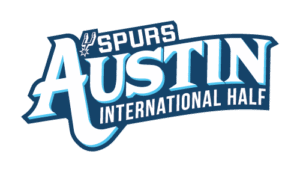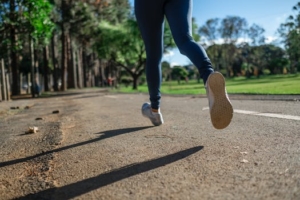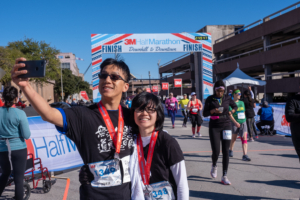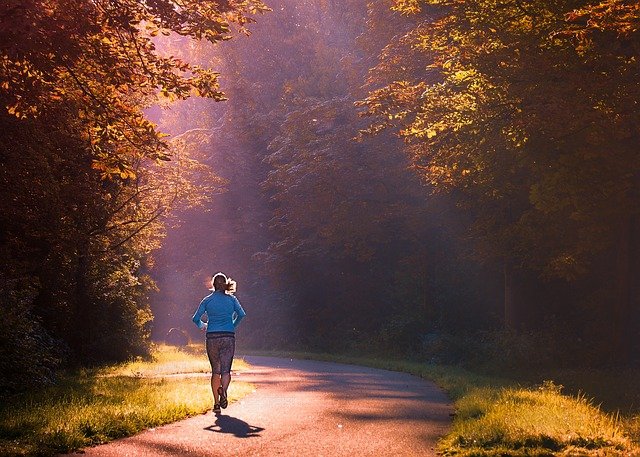Learn how you can recover faster with Epsom salt baths
Epsom salt baths have relieved pain and reduced muscle soreness for centuries. You should add them to your recovery plan if you run on a regular basis and still feel sore after stretching and foam rolling. Epsom salt baths could be the perfect way to boost your recovery process. Pro tip: it’s okay to take a day off from running, especially if you’re experiencing one of these 6 symptoms.

Epsom salt has relieved pain for centuries.
Epsom salt is a naturally occurring substance that’s extracted from saline springs in Epsom, England. It was first discovered in 1618. People have been using Epsom salt baths to relieve pain since then! Epsom salt baths are believed to be effective in healing sore muscles and relieving pain. This is great news for runners who want to relieve their sore muscles, aches, and pains. Epsom salt is also effective in reducing stress. A 15-minute soak in warm water mixed with Epsom salt can provide runners with the three benefits below.
-
Pain relief
Epsom salt, when dissolved in water, separates into magnesium and sulfate. Magnesium is known for improving blood circulation in your body and aids in muscle regeneration. Sulfate can aid in your body’s recovery process. If a 15-minute soak doesn’t help with shin splints, these 8 additional tips can help.
-
Relieve muscle soreness and stress
If you enjoy intense running or going on long runs, then you may experience muscle soreness. Your muscles could also feel sore on your recovery days. Stress and intense exercise can both deplete magnesium in your body. This makes you susceptible to cramps and aches. Epsom salt baths give you the opportunity to replenish the magnesium levels in your body. Speed up the recovery process even more when you follow this timeline after your long run.
-
Prevent muscle inflammation

A 15-minute soak can relieve lower-body soreness after a workout.
Epsom salt baths have been used to treat sprains, strained muscles, and even bruises. Soaking in a 15-minute bath will help your body relax, speed up the recovery process of your muscles, and relieve pain in your body. If you’re at work and feel stiff or sore, try these stretches for runners who sit all day until you can get home to soak.
Soak the pain away
To soak in an Epsom salt bath, all you need is a bathtub and warm water. The water shouldn’t be too hot, but warm enough so that you feel comfortable during your bath. Try this lavender-scented Epsom salt if you soak before bed. This unscented version will get the job done too.
Soak two to four cups of Epsom salt in your bathtub and stir the water until the salt dissolves. You can also add any essential oil of your choice to the water for additional relief from stress.
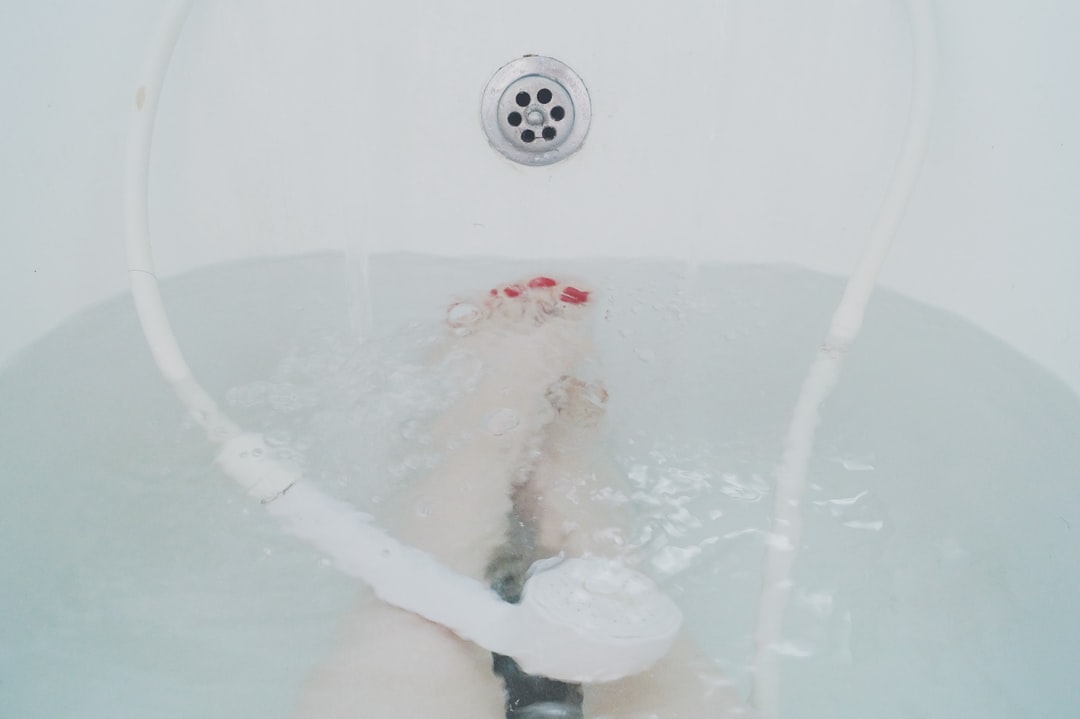
You should soak for 15 minutes at most.
Soak in the water for no longer than fifteen minutes. Don’t stay in the water for longer than 20 minutes to prevent any toxins that the Epsom salt bath removed from your body from being reabsorbed. Take a quick shower to wash off the Epsom salt. Epsom salt can dry out your skin, so a quick shower is a good idea.
Epsom salt baths are a great recovery aid for people who enjoy running. A time tested tradition that can alleviate pain, reduce stress, help your muscles relax, and aid in the recovery process. This is true for veteran runners or someone who started running today.
